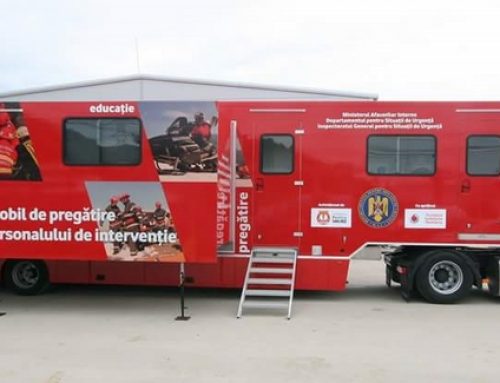ENGAGE is interested in how citizens contribute to overall crisis management and how this relates back to societal resilience. Thinking of resilience as something that refers to the resilience of society as a whole, rather than specific individuals or groups, completely changes the way we analyse what people do during a crisis. That’s why we need a new toolkit to grasp this social dimension of actions during a crisis. Speaking of “coping actions” helps us to link both individual and collective action to the overall social context in which they take place. “Coping actions” is thus central for developing a model for assessing and enhancing societal resilience.
Ordinary people often are, as our case studies exemplify, not only first on site during a crisis, and complement professional tasks during the unfolding event, but they also take decisions that affect the overall disaster management when they choose a site to care for the wounded or decide to engage a perpetrator.
Social actors work as complex systems in disaster situations acting unpredictably, in a non-linear fashion and self-organized, whereas disaster professionals’ actions are guided by planned norms, a division of labour, and predefined tasks. Nevertheless, informal crisis actors still follow and enact social roles and scripts while coping with crises. An engineer that is on site and contributes by repairing a motor, a nurse that comforts victims, they both rely on their professional skills and act according to procedures.
The ENGAGE project’s ambition to improve the interactions between formalized and non-formalized actors coping with disaster needs, for this reason, a clearer understanding of how citizens act without seeing them only as “spontaneous volunteers” from a professional perspective and also considering that citizens behave still in an organized fashion relying on social scripts and improvised actions. In other terms, in order to better understand interactions between first responders, emergency organizations, authorities and citizens or the lack of interactions, it is necessary to focus on social action first and on roles second. This means we counterintuitively do not always analytically distinguish between professionals and regular citizens in order to better understand how their interaction plays out.
Therefore, we notably insist in our case study analyses on professionals that volunteer, victims that cope and informal actors who rely on their professional skill-sets. For this reason, we focus on “coping actions”.
This follows the basic finding of the ENGAGE project that social actors actively cope with disruptive events. They act in times of crisis. Our case studies show how they organize shelter, they stop bleedings, they organize evacuations, extinguish fires or provide food.
The second element enshrined in the term “coping action” is that social actors cope with the consequences of a disaster by collectively adapting to it. Even the “coping action” of an individual has a social character and relates to other actions. Somebody fixing an assailant to the floor- as it was the case during the failed Thalys terror attack- does so, awaiting other social actors to take care of the attacker afterwards.
Thirdly, by describing coping actions, it is possible to group them together according to functions inside a social system recovering from a shock. In other words, they relate to specific tasks. We can describe the actions of people getting victims out of the water during the Utøya terror attack as search and rescue.
Fourth, by coping with a crisis, informal actors, even though their action does not necessarily involve anticipation, take key decisions that have structuring effects on disaster management overall. Continuing on your own fire extinguishing management as a municipal worker, as it has been the case during the Swedish wildfires, enables firefighters to focus their attention other places.
Both disaster managers and citizens perform specific tasks while coping before, during and after a crisis, albeit with different intentions. These tasks could be, for instance, described as care, transport, rescue etc. Thinking in terms of tasks while analysing “coping actions” makes it notably easier to relate to formal disaster management that refers to a specific task as an organizing principle that groups actions together according to needs (search and rescue for those in need to be saved, care providers for those who are wounded and traumatized etc.). Focusing on actions first and professional and non-professional roles second has also the advantage of clarifying the role of contextual factors that condition those actions and understanding their impact on both formal and informal ways to deal with the disaster. ENGAGE defines, for this reason “coping actions” in a broad manner as all social actions intended to mitigate or adapt to an adverse event actively.
Hence, actions that ensure mere survival, helping one’s family, and helping others to overcome can be analysed accordingly and relate back to societal resilience. This helps us to avoid to reproduce distinctions between victims, volunteers, and professionals and get a clearer view of the messy reality of disaster coping and the blurry lines between social roles.
Written by: Jan Verlin (ENS)
Picture credits: Flickr


